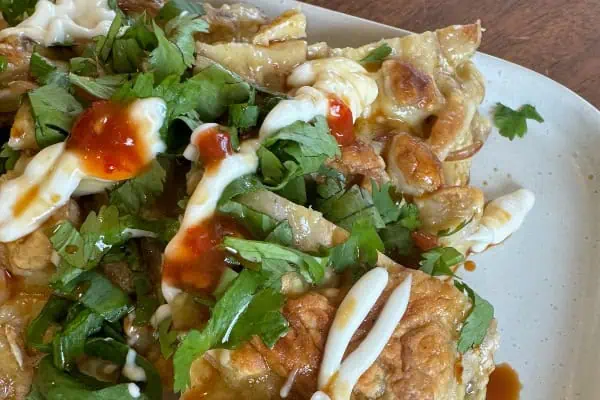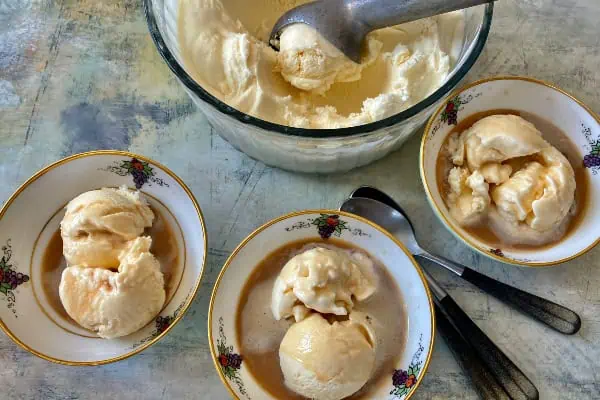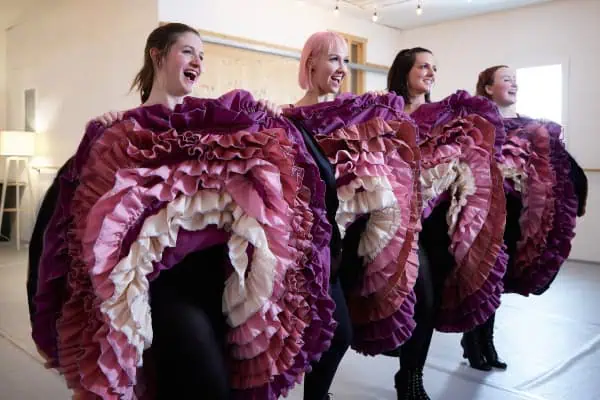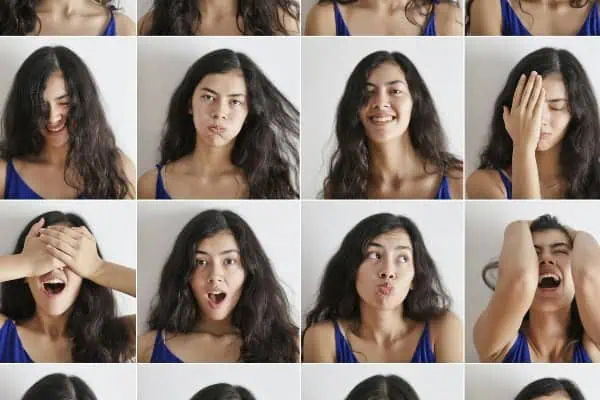Many hands will be creating the Cloak as part of Heidi Marion’s Extinction Series
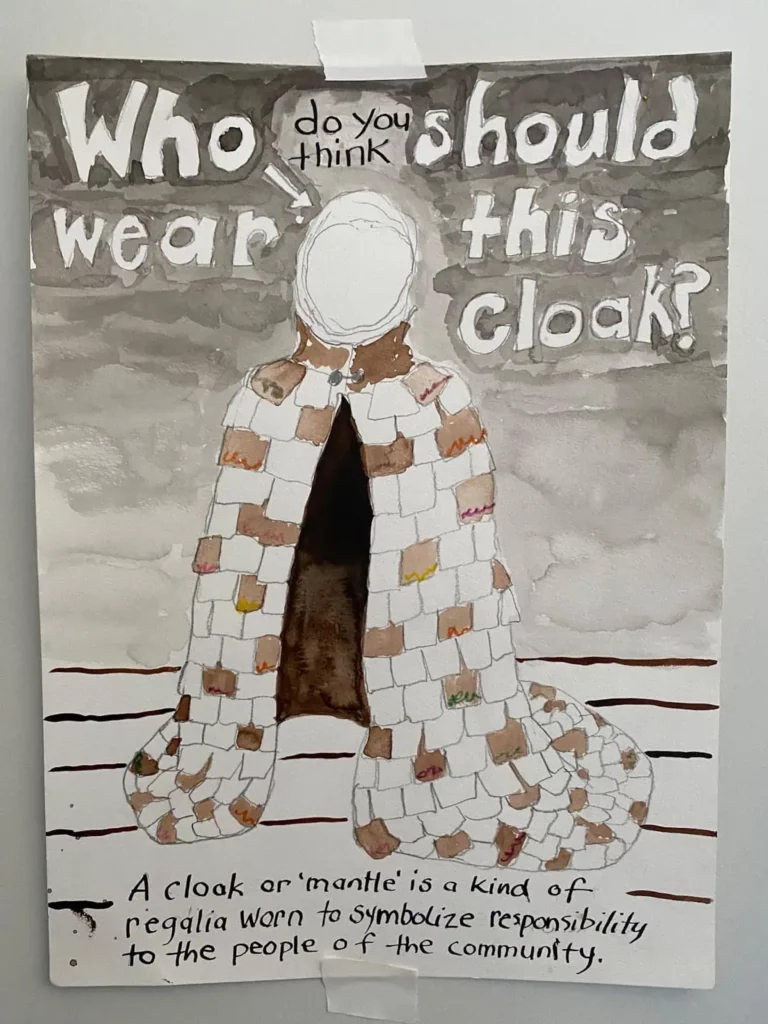
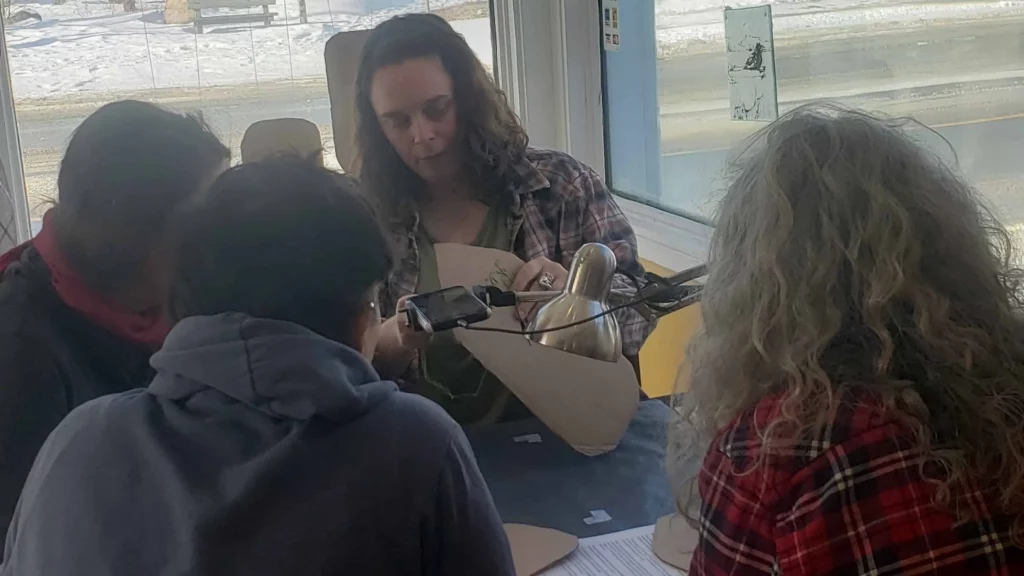
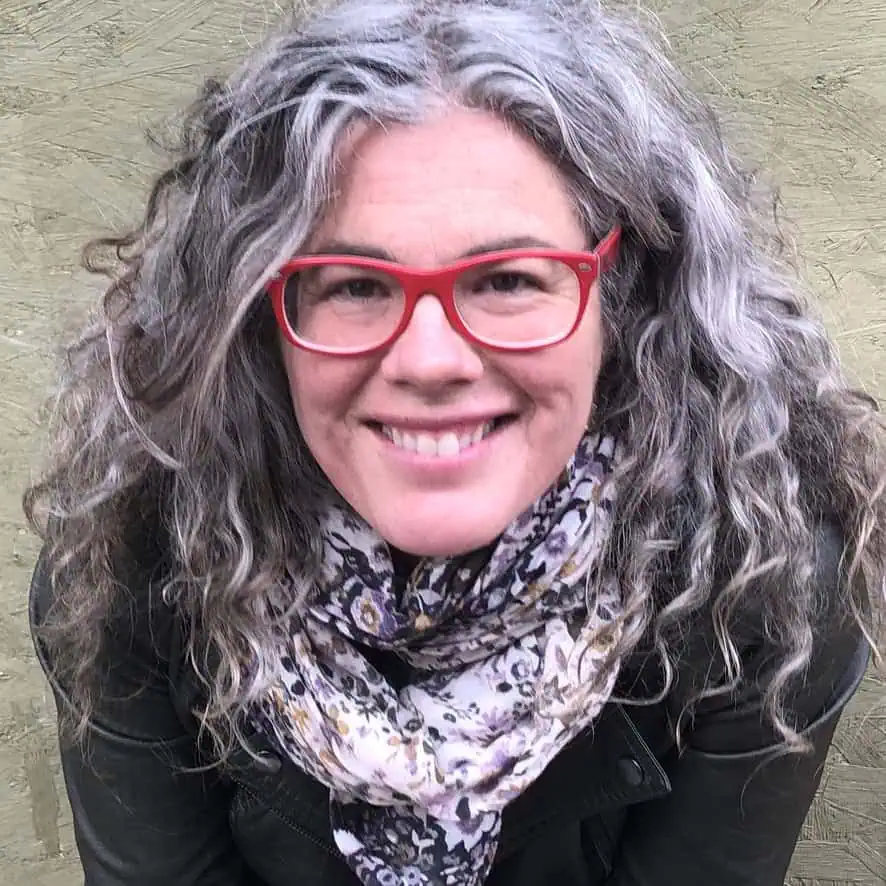
Thanks for tuning in again to the “Material Reculturing” column! As I mentioned in the first column, I’m planning to alternate between first-person stories where I’m writing directly from my own experience as a mediocre environmentalist, and sharing other people’s stories of the things they’re doing or imagining, large or small, towards moving the world to a better place, whether it’s a hack to wash out ziplock bags or a great way to use a plastic bottle.
I shared a special Gmail account to receive your stories in the last column, but Gmail figured I was a robot. I am sorry if you wrote to me and I didn’t receive it! Let’s not waste your words. Please send (or re-send) your stories and pictures to [email protected] and I will do my best to weave them together into future articles in May, July and September.
Speaking of which, Raven ReCentre and the Yukon Conservation Society are collaborating on a writing competition called No Wasted Words. The deadline to submit is now past, but you could attend their Earth Day event on April 16, where selected writers will read their submissions in front of an audience and judges.
I have received one contribution, so far, at the Yahoo address, from Whitehorse-based artist and activist Linda Leon. She has noticed that “sometime during the last decade, food packagers replaced paper stickers (on fresh produce) with plastic ones. It is almost a worldwide phenomenon. I don’t believe there could be a single reuse possibility for these little plastic stickers and think they should just be banned outright.” She’s collecting them and waiting for the right inspiration to turn them into an activist’s artwork.
Another Whitehorse artist, Heidi Marion, recently completed three days as guest Artist in the Window at Yukon Artists @ Work, engaging the public in her project named “Cloak.” This project is part of her Extinction Series. Marion finds that considering the big picture of the way we use materials and our planet both causes her grave concern and liberates her.
Marion invites visitors and guests into the gallery to sit down with her. She shows them how to do basic embroidery onto cardboard and invites them to embroider their names onto a scale-shaped tile of cardboard, which she plans to make into a cloak.
As they work, she asks them if they recycle. She considers all the time and resources that have been invested in educating ourselves to recycle—all the systems we have created and the time and care we have put into doing so. She refers to a Guardian article that summarizes the way that plastic recycling has been understood for 30 years to be technically and practically unfeasible: (theguardian.com/us-news/2024/feb/15/recycling-plastics-producers-report).
Marion asks if this focus on recycling was a waste of our collective time and goodwill, an exploitation by plastic-producing corporations of our hope for a better world. How could these energies be used in a better way? How do we create real systemic change? Who can lead us there? Because the small things we do as individuals, as important as they are as an expression of our hope and will to live on the Earth in a better way, from a larger perspective—well, it’s like trying to empty the ocean with a teacup.
Marion recorded video of her visitors’ hands embroidering, as well as recording audio of their conversations. She said, “I am drilling down into what my community understands about recycling and, at the same time, making work that shows the symbolic vitality and commitment behind our recycling efforts that may, in fact, be the mandate, not mitigation.” She asks who should wear this cloak, this mantle of leadership towards better environmental practices.
As for who should wear this cloak, Marion reports that she has no answer in sight. At the beginning, she thought perhaps the government should be playing a larger role, but, as she talks to people, her belief that the government can stand up to plastic-dependent corporate interests recedes.
She envisions an installation that will include the cloak suspended mid-room, embroidered with the names of participants. Video of their hands working will be projected onto a table, with their dialogues audible in the room.
The embroidery aspect of her project makes the right space for these conversations. “When we work with our hands and contemplate, it creates space and time and an activity that joins the sides of our brain together. As we make sense of something with our hands, it creates a sense-making reaction in our brains.” Sewing together also “takes away fear of conflict, allowing people to speak. Because we are working together and I’m providing the environment, it creates a mutuality of benefit” in which good conversations can happen. Marion establishes from the beginning that she’s curious about participants’ perspectives.
On Saturday, March 16, participant Kelly Scott reflected that “Recycling makes you feel like the problem is solved, but it’s not. It’s kind of out of sight, out of mind. I have my recycling bin in theArctic entrance. When that’s full, I take it in. It’s in the bin, so I’ve done my job. But now that we can’t dispose of soft plastics this way, they go in the garbage bin in my house. I see them there, inside my house, not outside in the Arctic entrance. It makes me feel differently connected to them.”
People have told Marion that they’re grateful to be able to express these ideas. As Scott also reflected, “It’s made me realize that I’m always thinking about this, even if I don’t really realize it.”
On the same Saturday, and in a similar spirit, the Yukon office of the Canadian Mental Health Association held a Climate Café session at the Whitehorse Public Library, “to share about how you’re experiencing the climate crisis, and to create spaces for connection and action.” It’s part of the Yukon Climate Change Mental Health Initiative (yccmhi.com), and if you enter that link you can check out their website.
Heidi Marion will return to Yukon Artists @ Work for two more sessions, May 7 and 8, from 11 a.m. to 3 p.m. if you would like to participate in the Cloak project.
Tell me what you’re up to at [email protected]!

